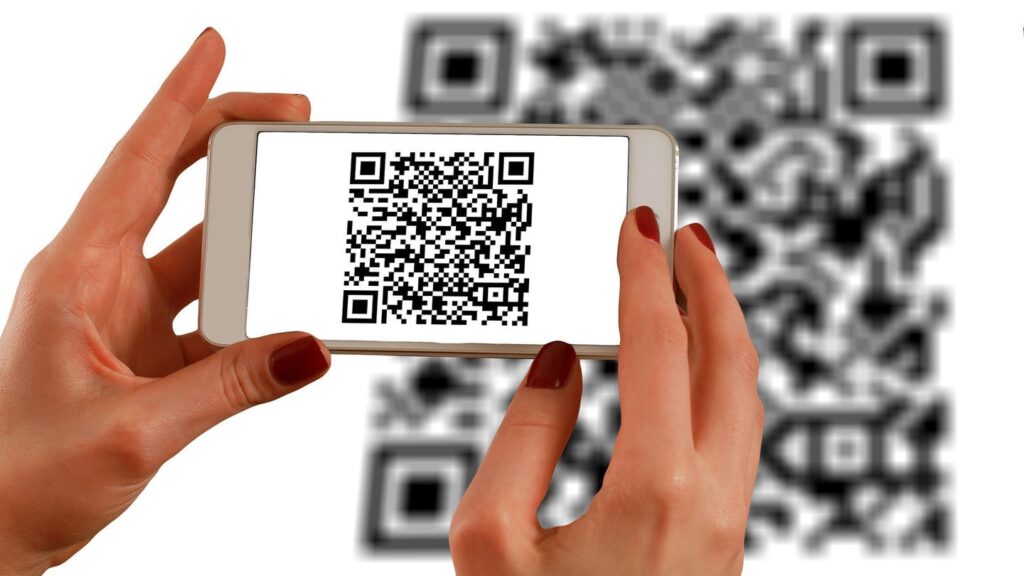Turbocharge Your FileMaker Email Workflow with OAuth 2.0: Why It’s Time for an Upgrade
If you’re still clinging to the SMTP-based authentication of yesteryears for your FileMaker email workflows, let’s talk about why it’s high time for an upgrade. Enter OAuth 2.0, the robust authentication protocol that’s making waves in 2023.






